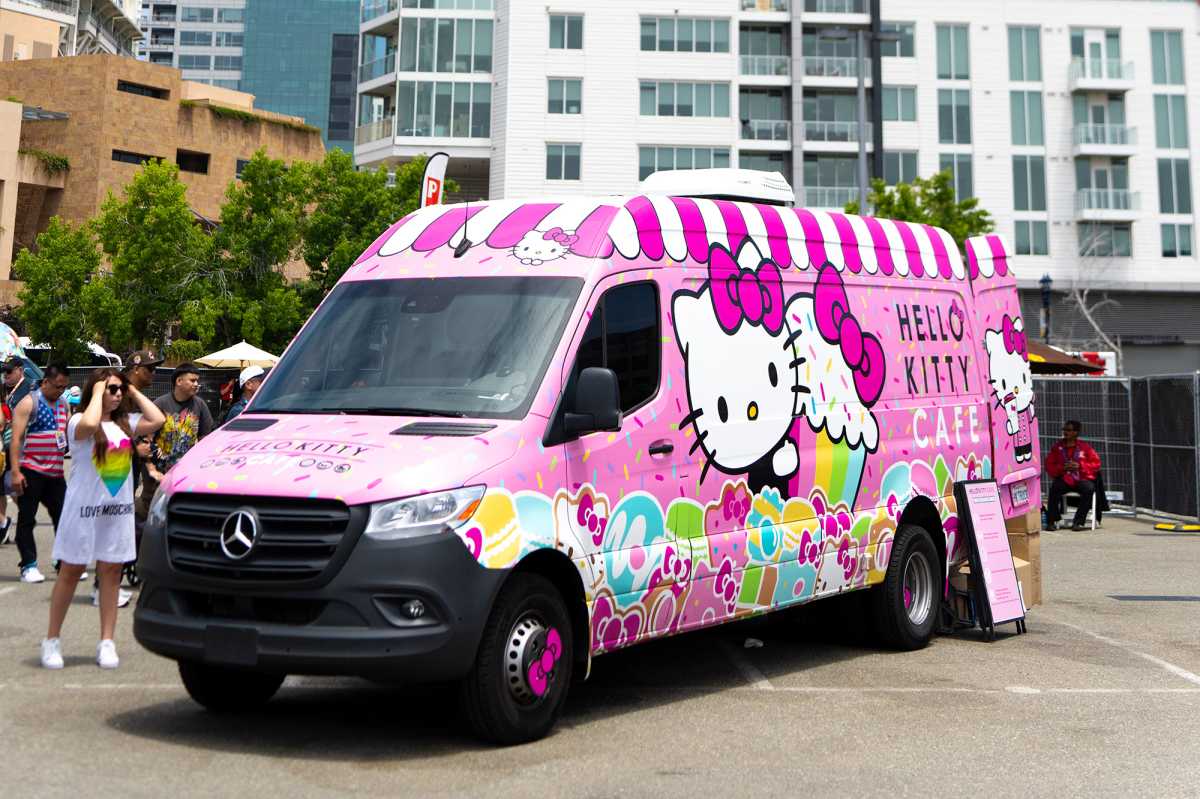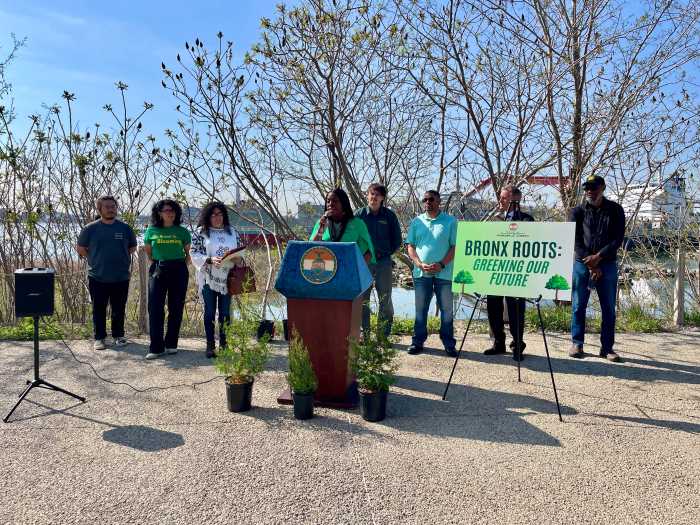CBGB’s was a rock and roll dive bar. It is justifiably legendary but it was still a dive, albeit maybe the greatest ever to exist.
It was envisioned as a very different animal when Hilly Kristal started the joint in 1973 — the acronym stood for Country, Bluegrass and Blues. It existed in a no-man’s land of fleabag flophouses — one of which was right upstairs — and watering holes for the down and out. Noted singer/songwriter Deerfrance remembers working there when the place had tables which, even more surprisingly, were covered in tablecloths.
Among others, The Ramones, Television, Blondie and Talking Heads helped to create a scene there that is now the stuff of legend in the world of music history. Much has been written about the place where punk ruled, although in truth, the artists that got their start there encompassed a much more diverse musical universe than what is generally perceived.
Back in 1988, the now deceased Roman Kozak was inspired to publish “This Ain’t No Disco: The Story of CBGB,” an anecdotal history of the place that has sadly been out of print for decades and was selling for big bucks online. Luckily, Ira Robbins of Trouser Press Books saw fit to bring it back, securing the rights from the original publisher Faber and Faber, redesigning the cover, adding new photos by Ebet Roberts, a foreword by Chris Frantz of Talking Heads and two previously published pieces by Robbins about the closing of the club in 2006.





To celebrate the new edition, Robbins put together a panel of bonafide members of the CBGB legacy for a Q&A at Generation Records in the Village. Although the basement of the shop is not exactly an ideal venue for that sort of thing, the crowd that filled the two aisles between the record racks didn’t seem to mind, even doing a little shopping while waiting for the upbeat conversation to begin.
Crammed onstage were Lisa Kristal (Hilly’s daughter), Frantz, Deerfrance, Monte A. Melnick (Ramones tour manager), Roberts and Louise Parnassa-Staley (club booker and manager for 22 years). Robbins began asking the questions before getting the audience involved, which brought out some interesting reminiscing as well some amusing queries.
Lisa Kristal made a point to note that when Talking Heads were inducted into the Rock and Roll Hall of Fame, they brought her dad onstage to accept the award with them — which meant that he had to go out and get a tuxedo. Frantz mentioned how thankful he was that Hilly Kristal supported local bands and recounted how the Heads audition for the club was an opening slot for The Ramones!
Melnick noted that the first Ramones show at that venue was 50 years ago and, he admitted, “they sounded pretty rough.” Those were the days when they rode the F train into town with their guitars in shopping bags, Robbins recalled.
Roberts, who provided the photos for the book, recounted how she fell into the downtown scene and ended up becoming a regular there.
“I really didn’t consider myself a photographer,” she said. “I thought I was a painter. I went to photograph my friend’s band, The Planets and Mink DeVille. DeVille ended up buying some of the pics,” and a career was born.
Robbins and Roberts started from scratch in picking out the images for the new book, Robbins says, ending up with some of the shots from the original edition and a bunch of new ones.
Deerfrance, who began working at CB’s as a waitress, graduated to door person, became the “first sound person,” and later graced the stage as part of John Cale’s band, kept the conversation lively after arriving a little late with a pretty good excuse: she had literally just driven in from her cross country tour promoting her new album.
“I was making ten dollars a night working the door,” she recalls. “My rent was $50 a month — I felt like I was rich!”






Mention was made of the Stiv Bators incident (you can look it up, there are pictures), the club’s infamous chili, the foulest bathrooms in NYC (although Lisa Kristal swears that they were cleaned every morning) and the enormous amount of bands that passed through there, most of whom stuck to Hilly Kristal’s dictum that they all play original music.
“Lenny Kaye sat down with my dad, and they figured out that around 50,000 bands had played there,” Lisa Kristal said. One of them was apparently Robbins’ combo “Utensil,” which, he admitted, was a new wave cover band.
Roberts told us later that the panel “was really fun! I could have listened to a lot more stories.”
As for CBGB, she says that “the audience was as much a part of the show as the bands. There’s a lot of nostalgia for that time, but it’s for the scene and not so much for the music. The book really captures the diversity of the whole scene”.
Frantz, whose band inspired the book title, finds the volume “very gratifying.” He explains, “I always felt like in those early days that one day people would remember what we did—Television, The Ramones, all those bands—and seeing the book being republished confirms the feelings that I had.”
“This Ain’t No Disco: The Story of CBGB” is available at TrouserPressBooks.com and at Generation Records, among others.




































